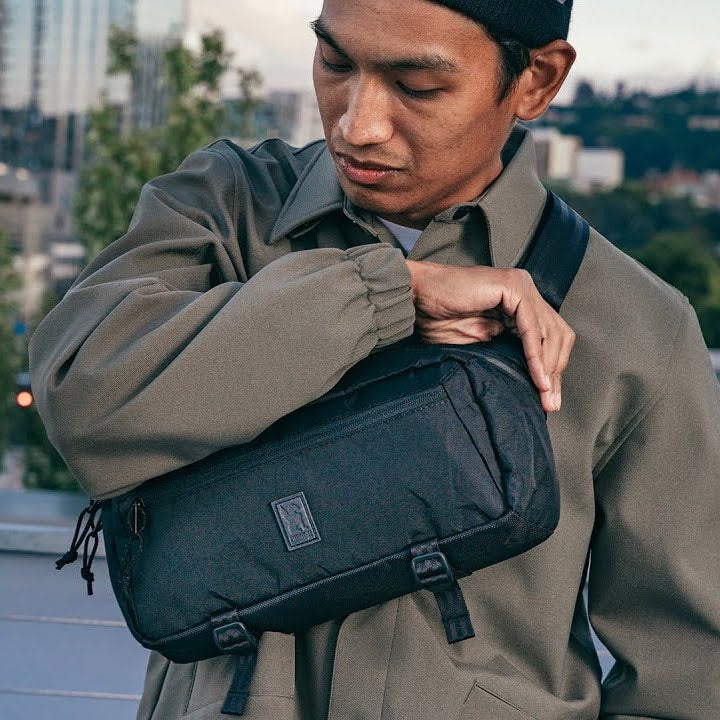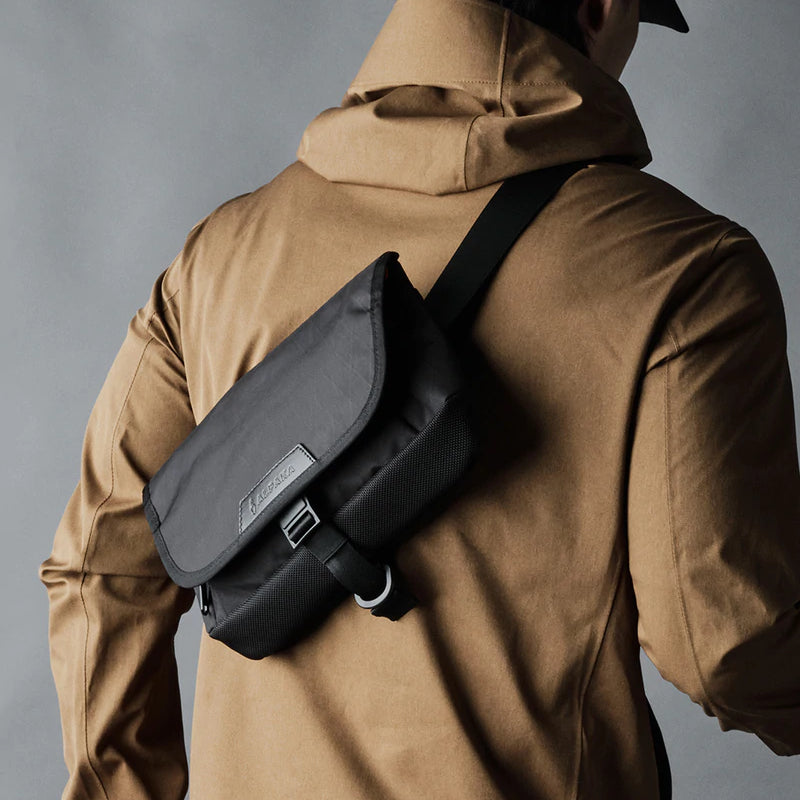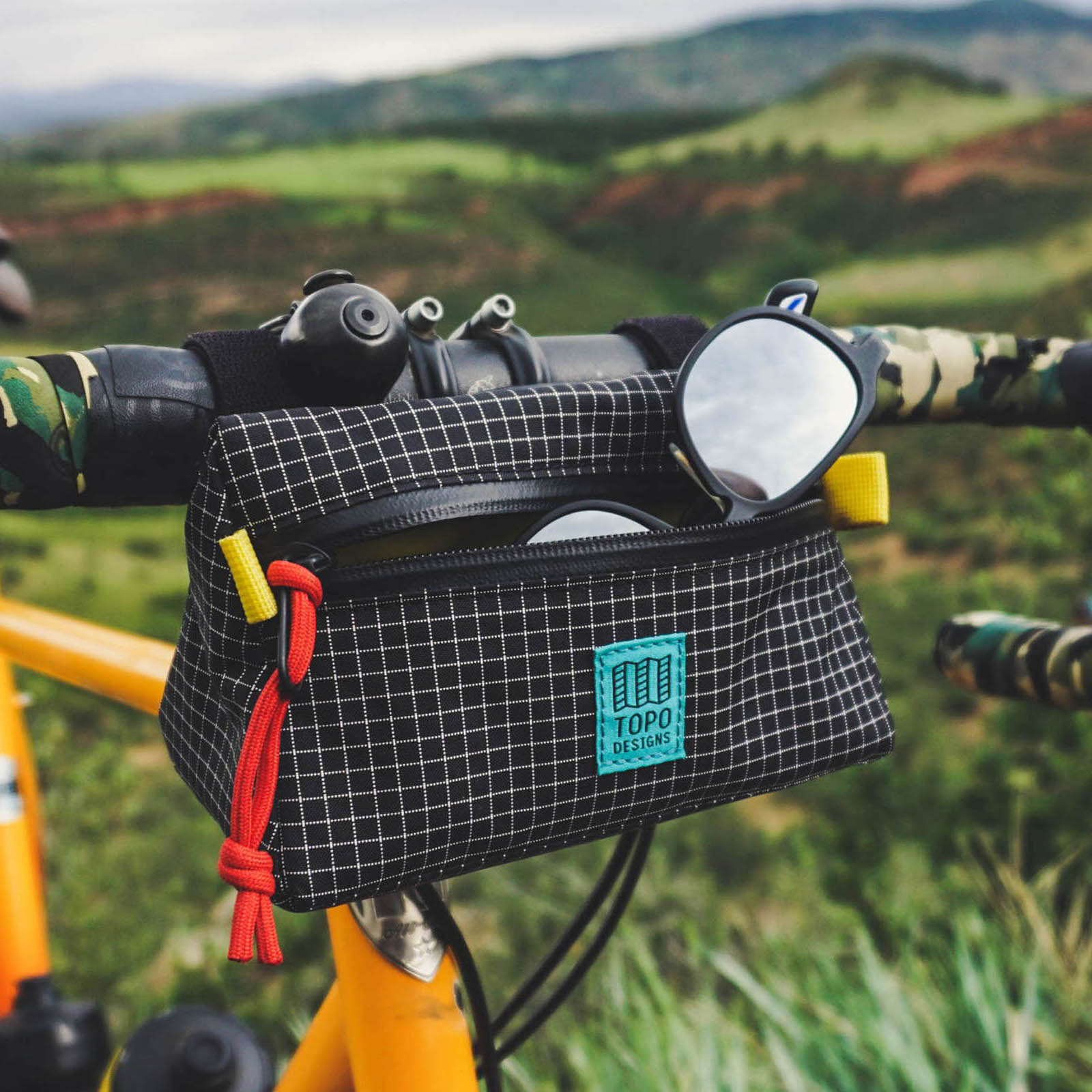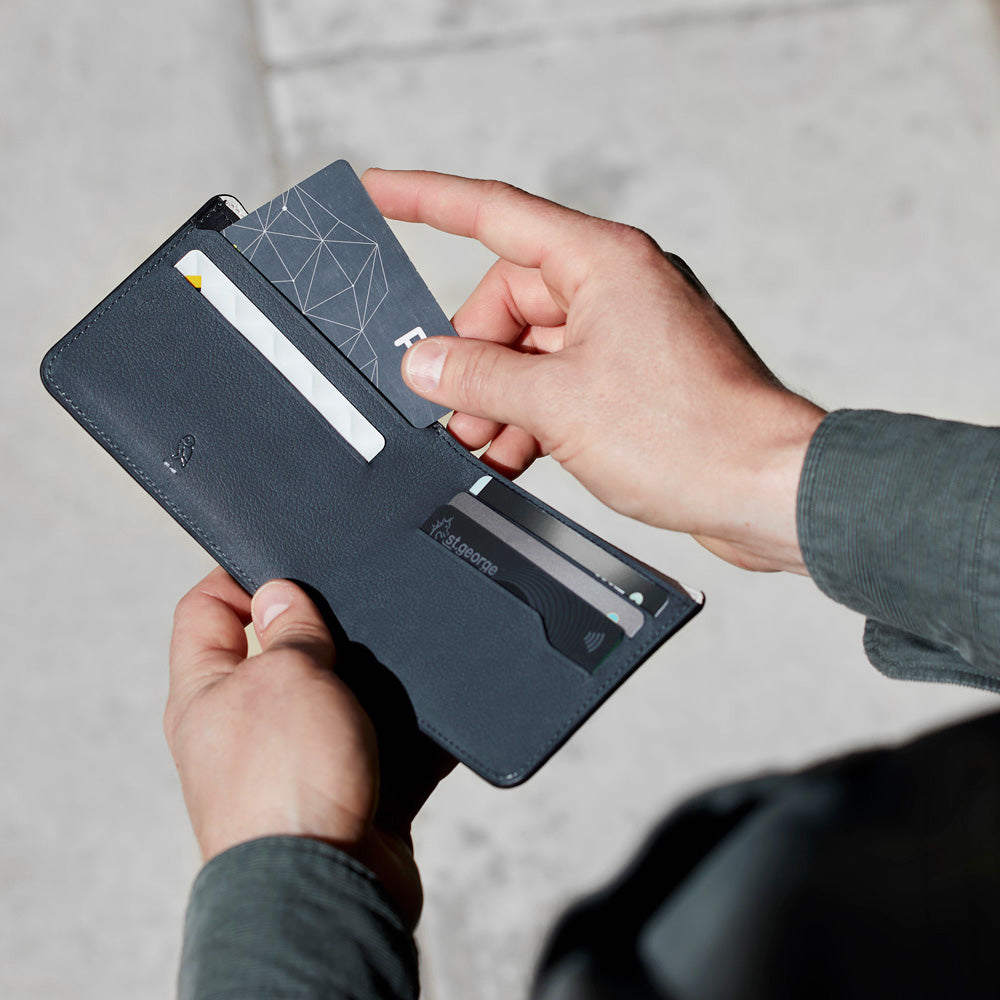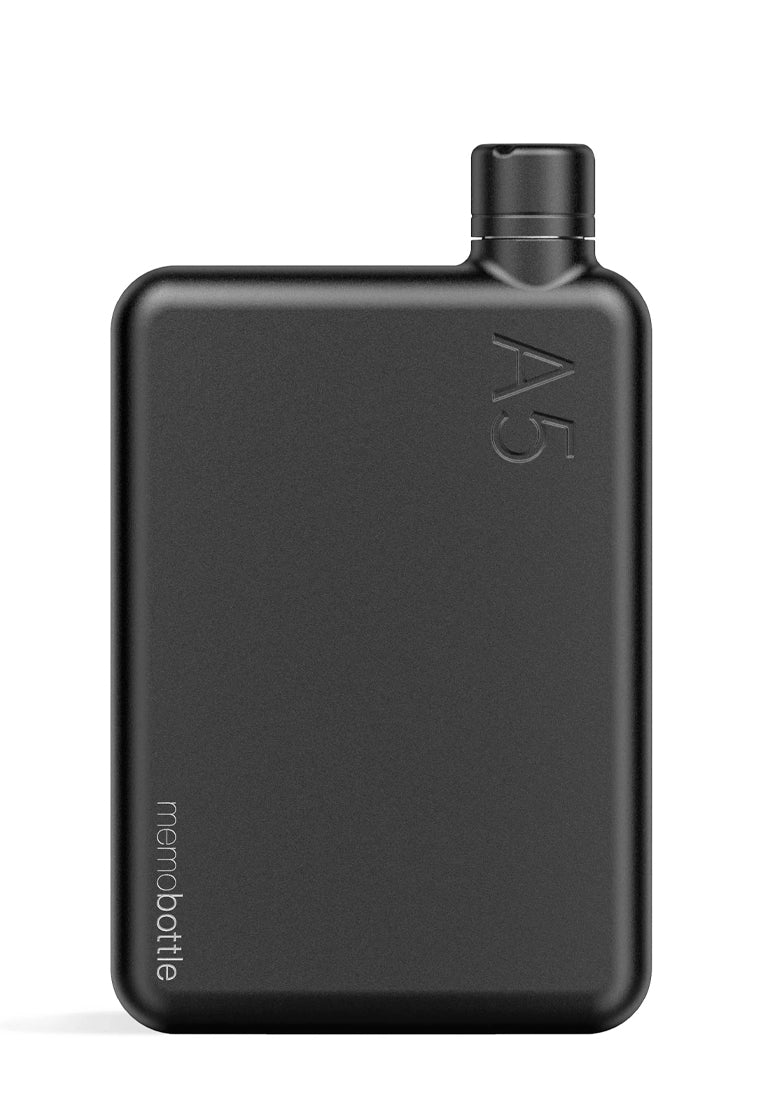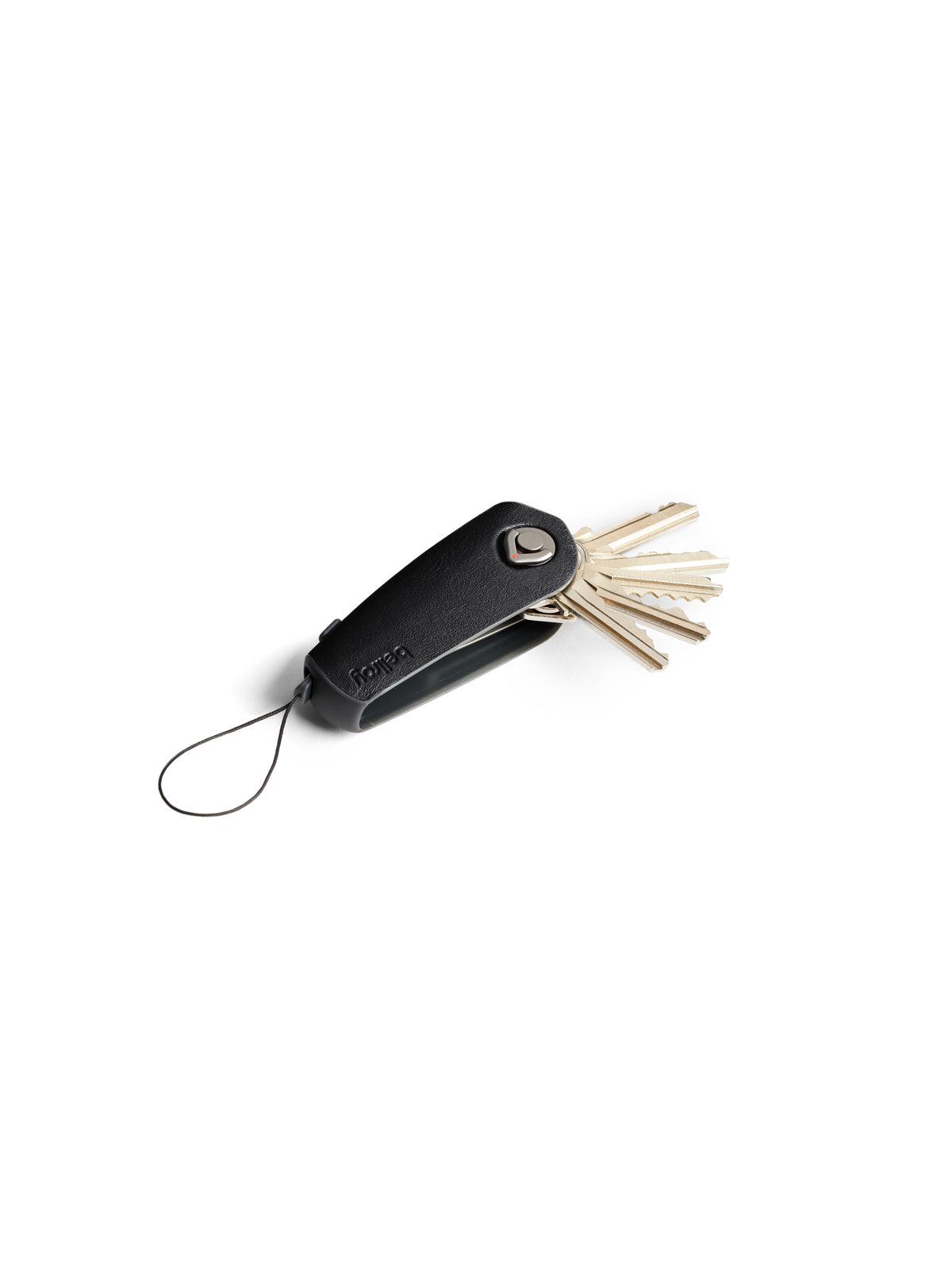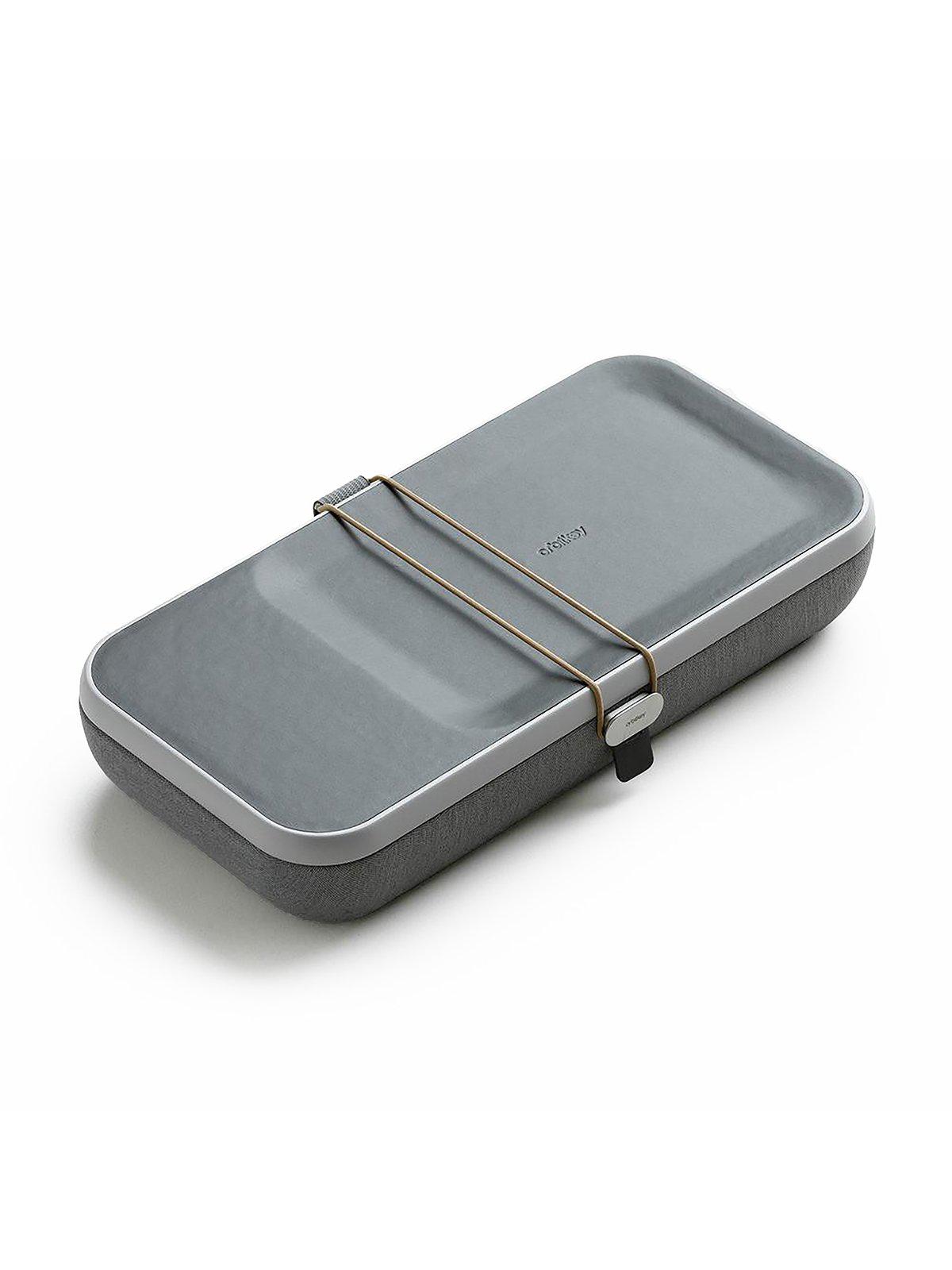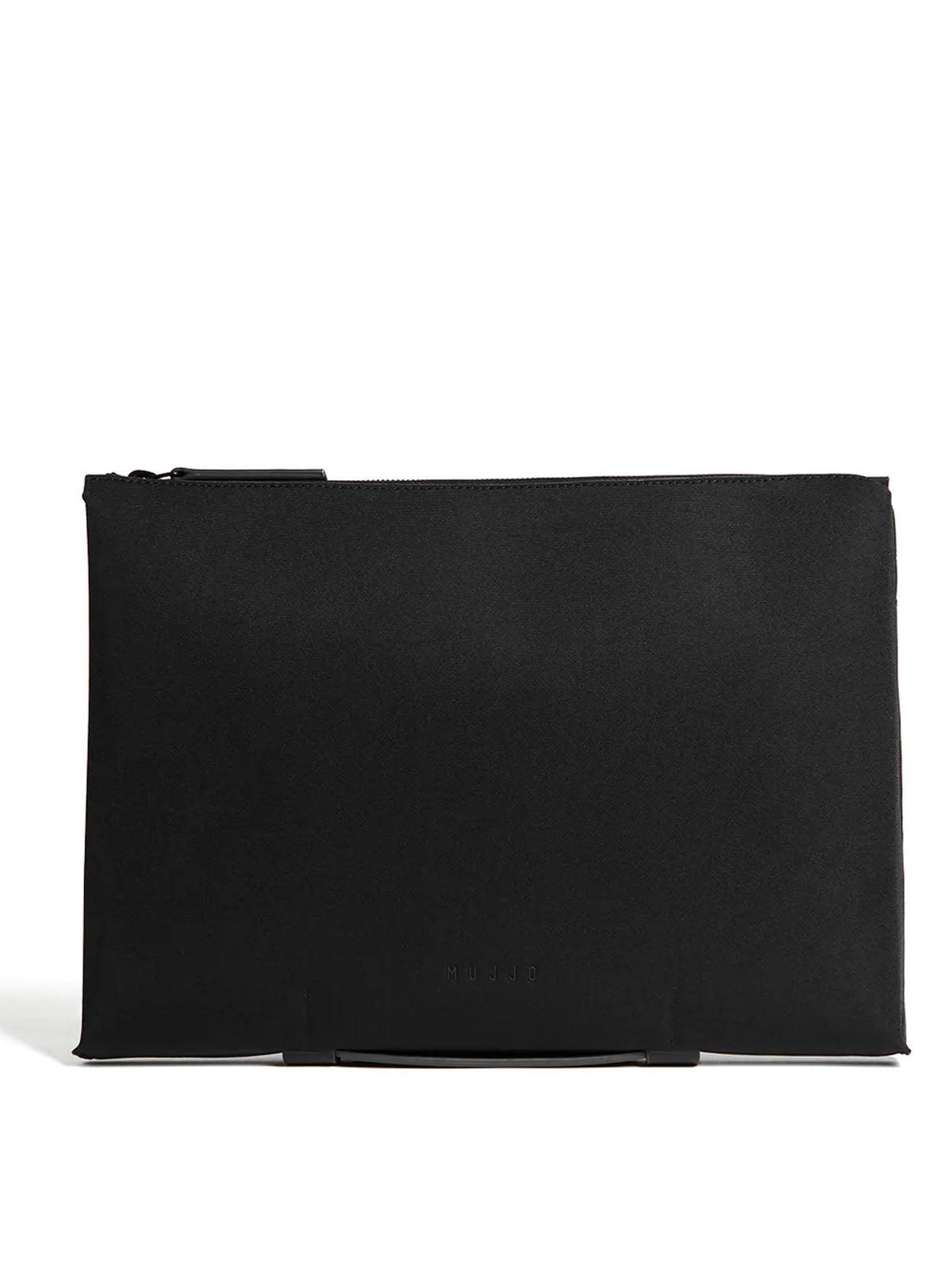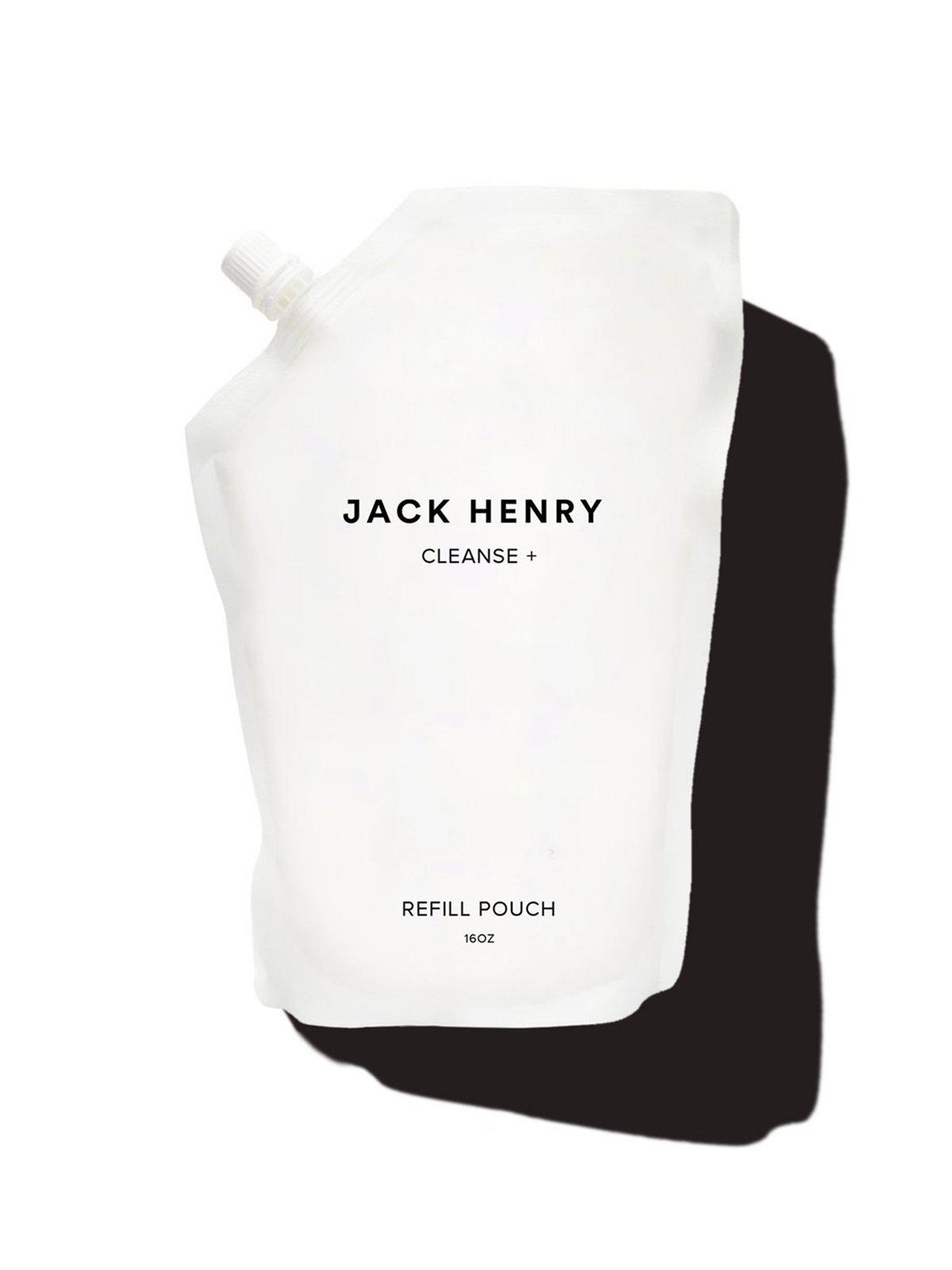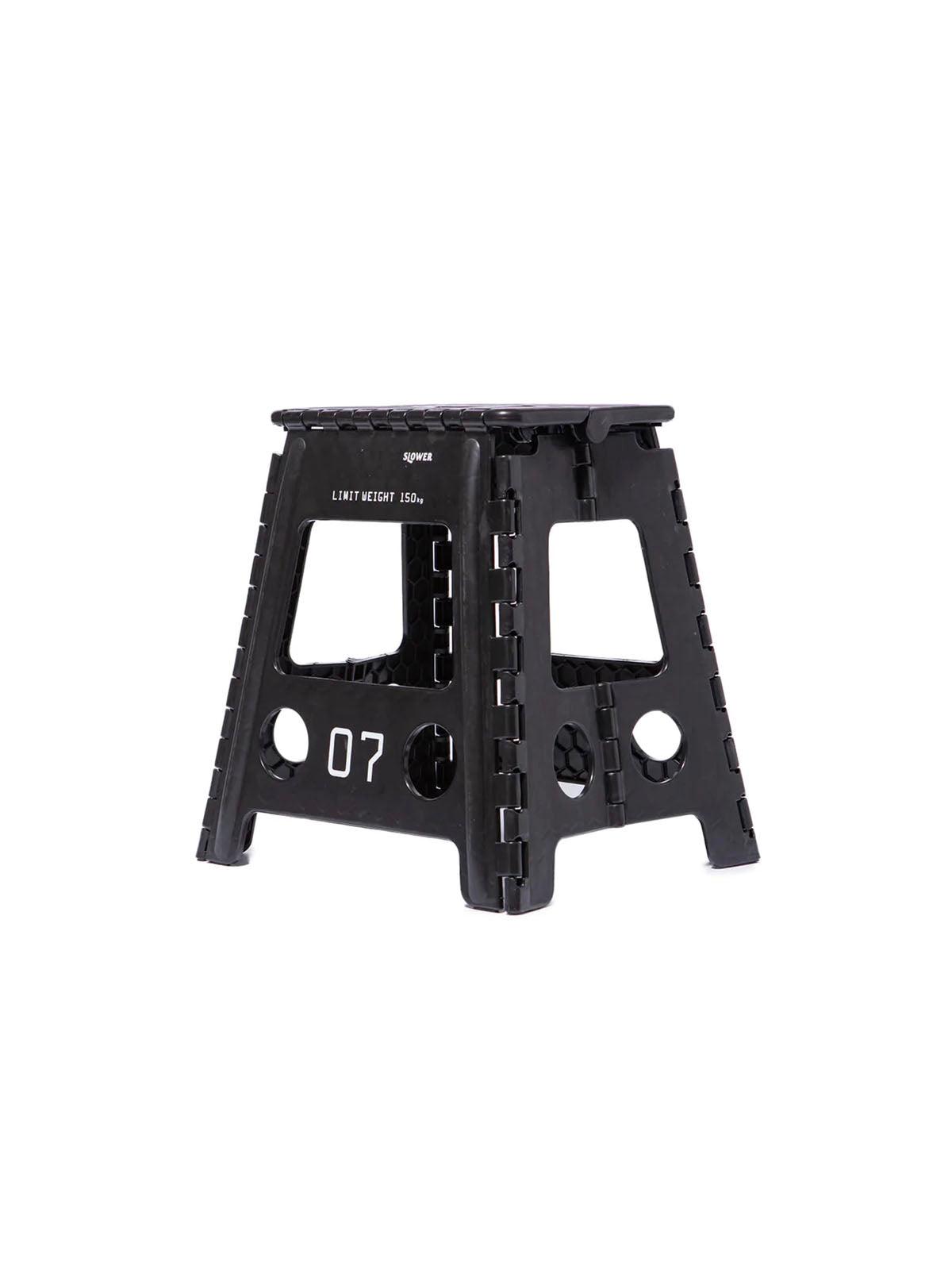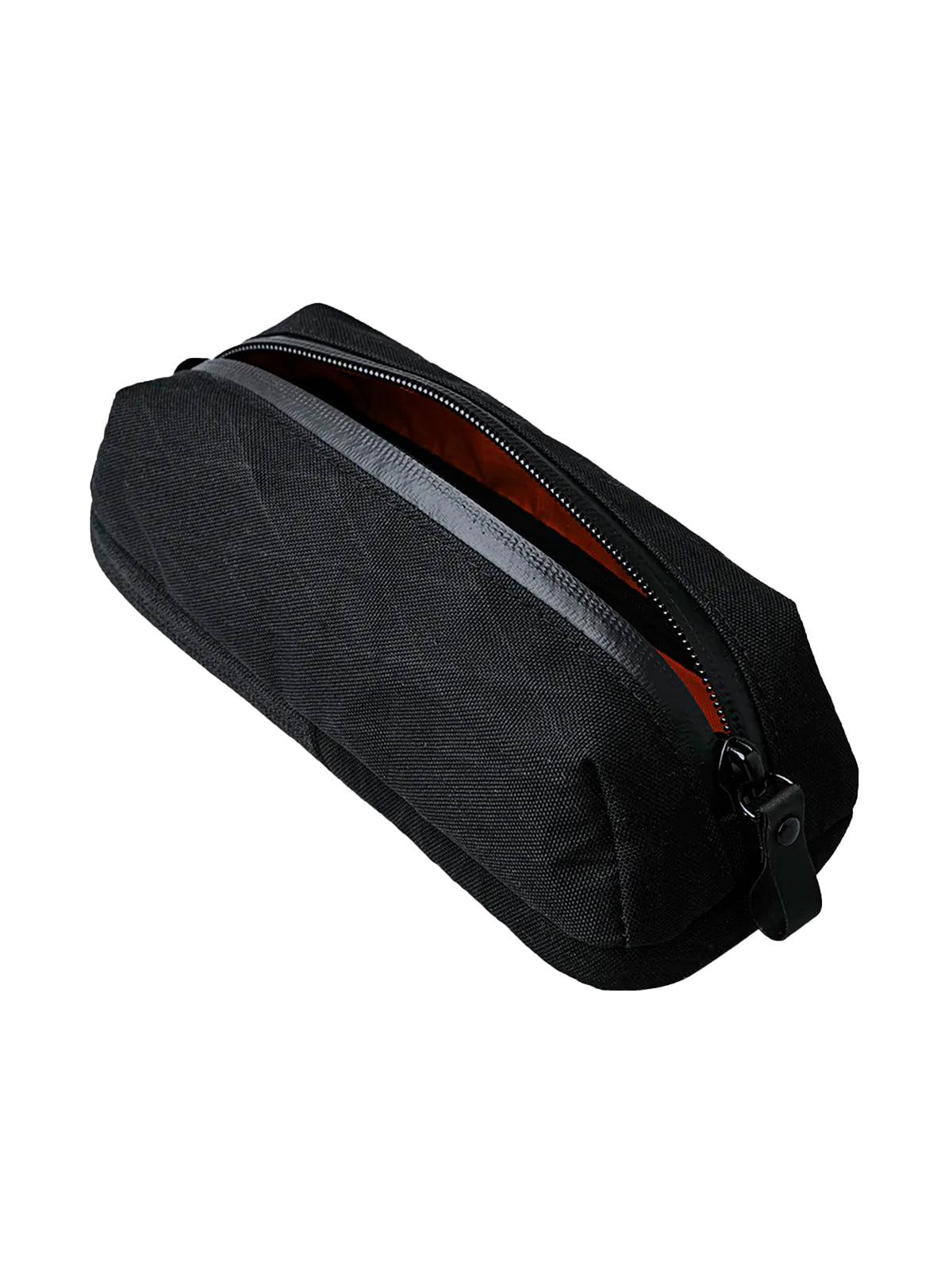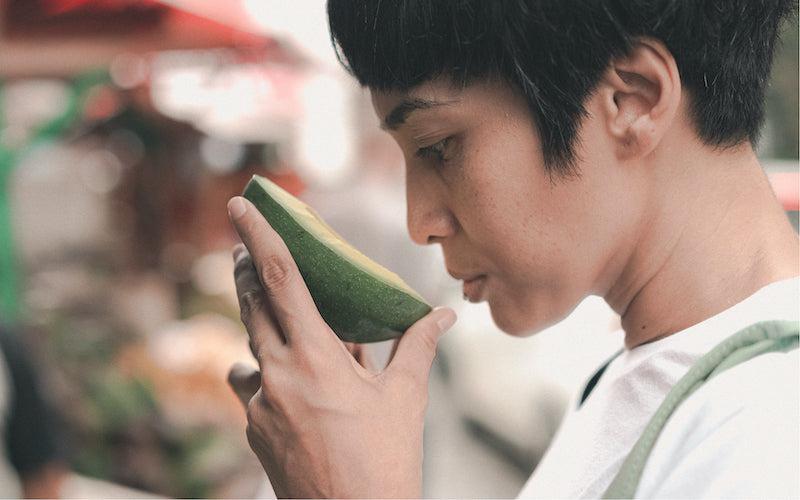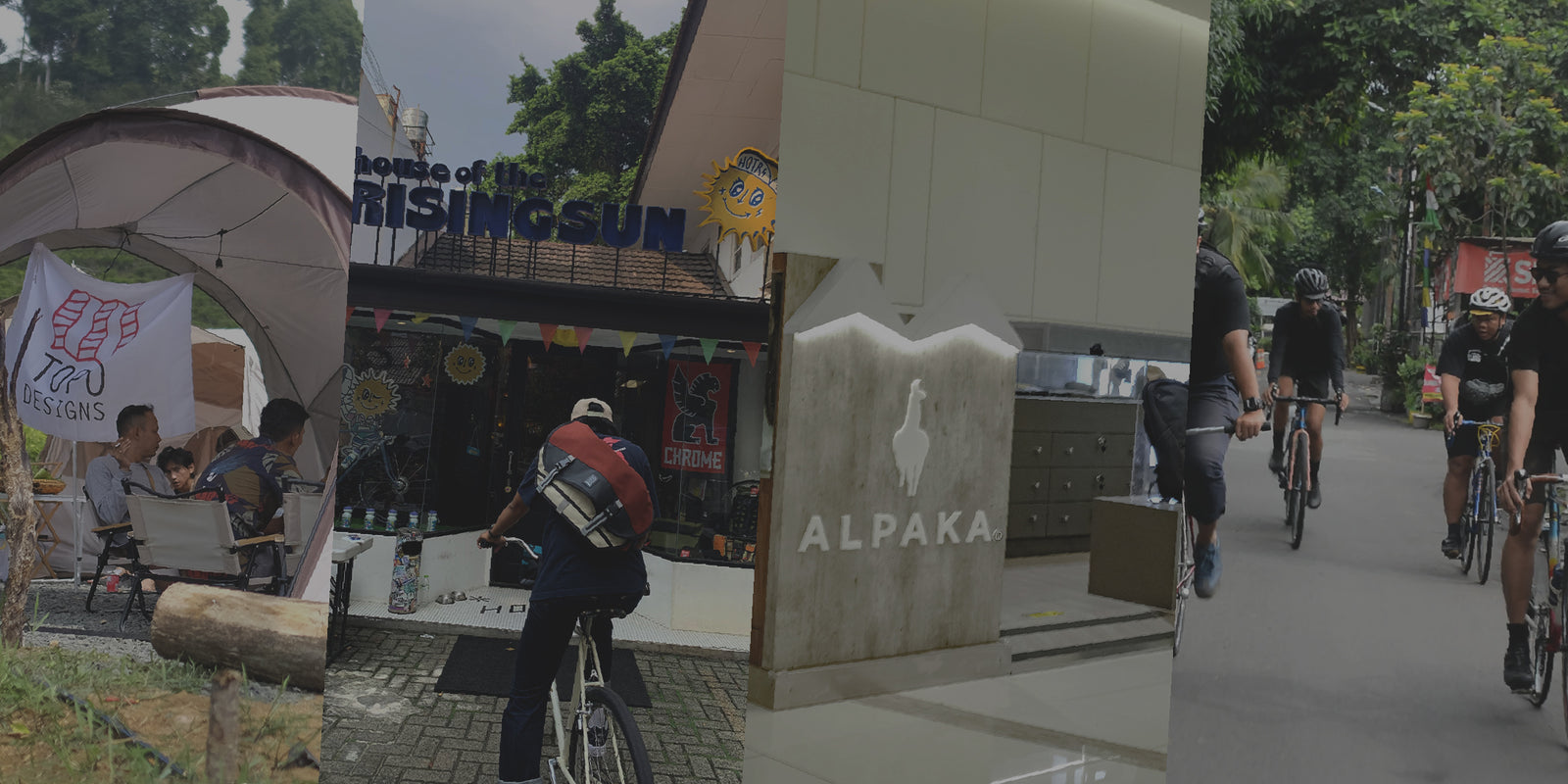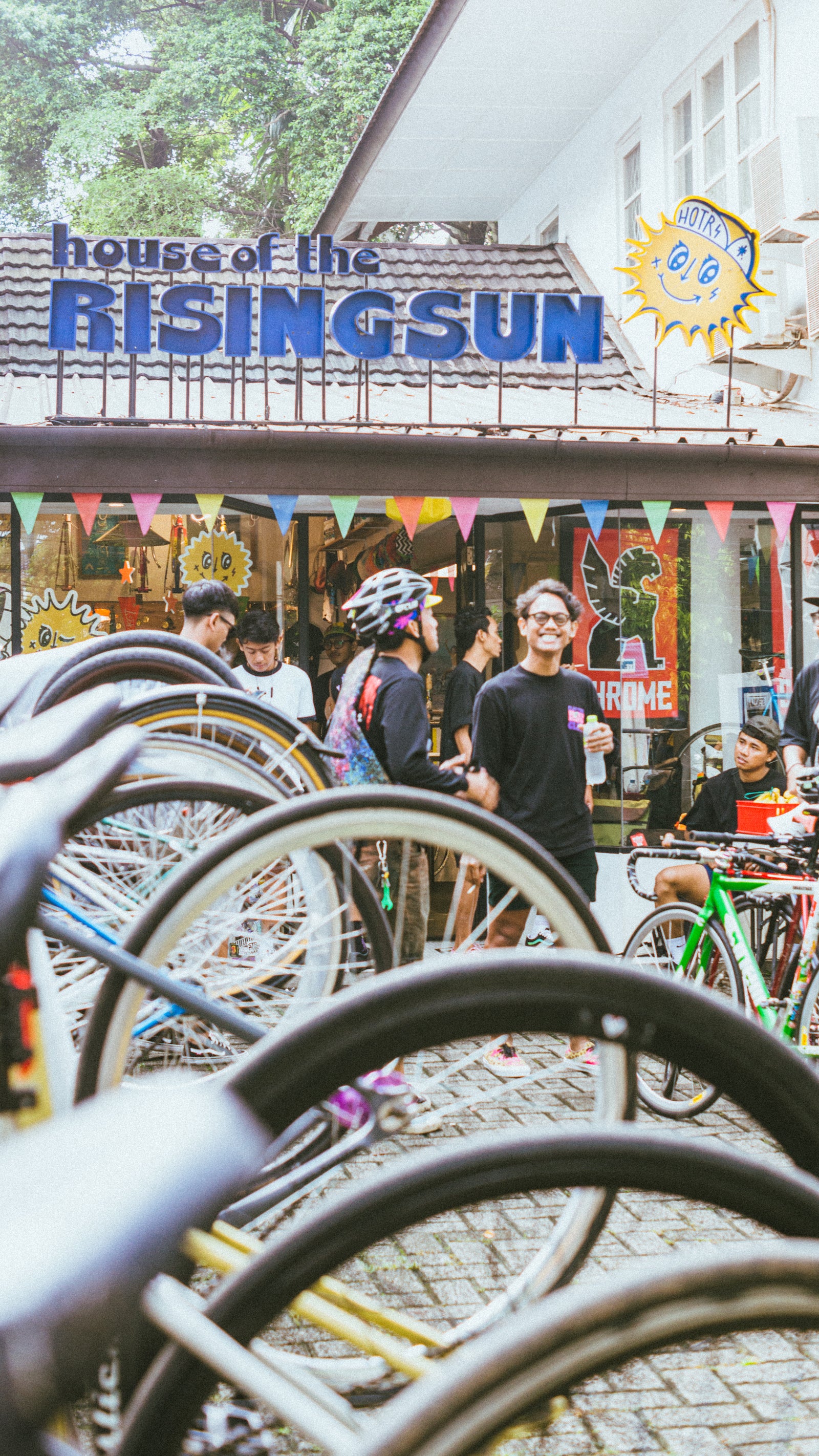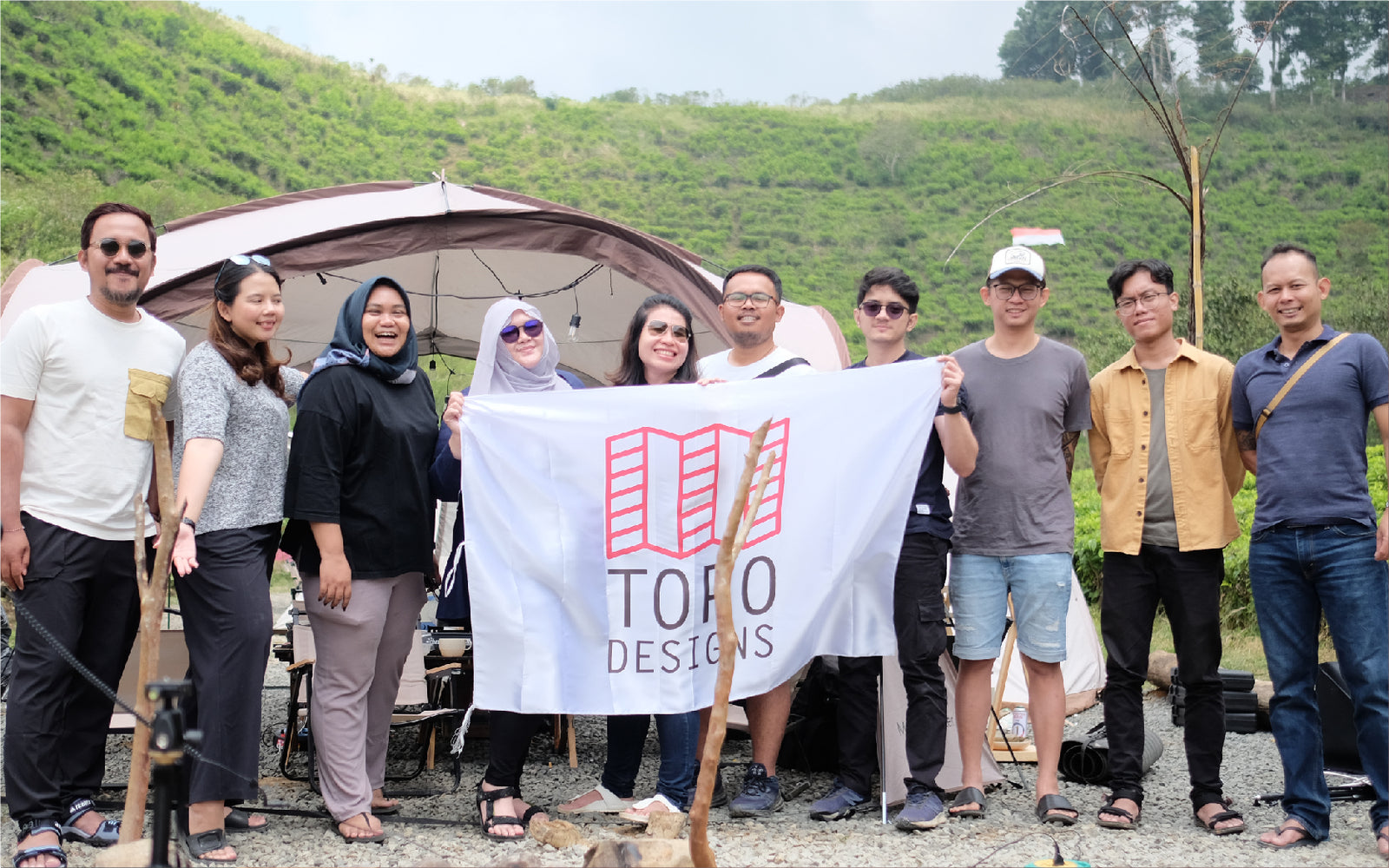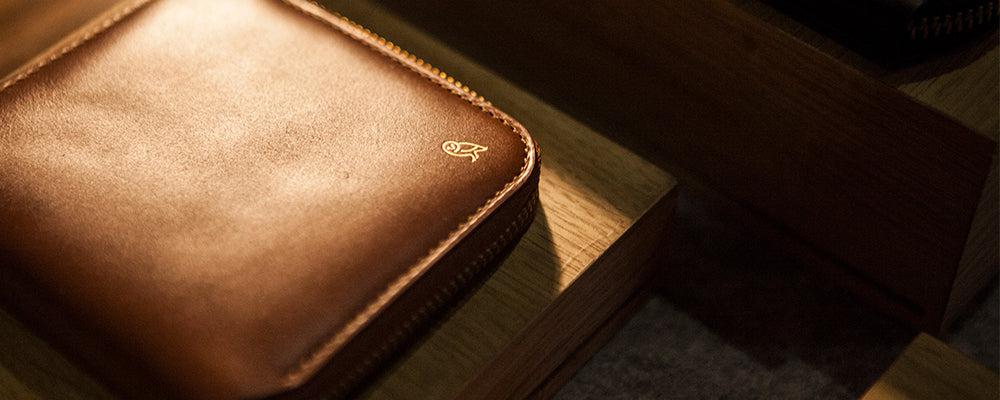
1. You describe yourself as a Culinary Storyteller. What do a Culinary Storytellers do, actually?
To tell stories about food. What differs me from food writers/food bloggers is the media, and the way I communicate. While they share information exclusively through mostly fabulous, mouth watering pictures and intriguing writings, I’m more open to other media —photos, videos, etc. The stories that I tell not only cover the taste nor place where they’re being sold, but beyond that. I share the origins of their cultures, the background stories, so that food isn’t just the thing we perceive on our plates.
2. How did you start becoming a Culinary Storyteller?
In 2001, I get myself used to write basic food reviews on a platform called Multiply.com. Food has always been my interest, but back then, I worked at MTV Trax magazine where I supposedly wrote about music. Seeing that they already had Soleh Solihun at the time who was an excellent music writer, I felt like I didn’t need to write another one, so I asked them if it was possible for me to write about food instead. In that era, there was no lifestyle magazine that specifically featured food -- it was all music, movies, and anything cool. Thankfully, the Chief Editor agreed with me and later created a new section for food or cafe huntings on the magazine. Along the way, I also got an offer to fill in for Female Radio on a weekly segment called Food for Fun. Keep in mind that it was audio only, so what I shared was all light, fun, and easy stuff. For example, I talked about food that we’re not supposed to order on our first dates. Then in 2012 when I joined ACMI (Aku Cinta Makanan Indonesia - I Love Indonesian Food), I could meet people who are not merely cooks. Bear in mind, we can ask cooks any question related to cooking methods, but not about the background cultures. In ACMI there are many people who don’t cook, but have deeper understanding regarding foods and know where to direct our local cuisines. That's where I began telling background stories about food.
3. Tell us about your daily routine, from the time you wake up until the second before you’re off to bed again.
I think it’s the same as the other freelancers, it all depends. But daily, I always wake up at 4 am, and do crossfit exercise at 6-7 except for Sunday. I bike on Sunday. Sometimes I cook, sometimes I meet people, sometimes I just work on my own. People frequently send me food in exchange for feedback, in that case I can just spare cooking. So the matter is to just do what’s efficient. As a result of starting my day at 4 am, I get drowsy already past 8 pm. If I get invited to a movie premiere, I may just fall straight to sleep in the middle of it.
4. What is your most favorite fruit to have for breakfast? Do you also like coffee or tea?
like any kind of fruit. I buy fruit based on what I find in fruit shops or local markets. It can be the usual healthy fruits such as apples and pears, but it also can be what we perceive as ‘evil fruits’ like durians. Every morning before I do my crossfit routine, I take on cold-brewed coffee which I prefer out of its practicality and its low acidity.
5. Why do you think it is really important to be careful with everything that we consume?
Our bodies are our own lab rabbits. Exercising can feel like filtering our own bodies, while eating something in particular can cause fatigue. Without being mindful of what is happening to our bodies, they will just succumb. If we pay attention carefully to our bodies, the simplest task such as knowing which medicine suits us better can easily improve our lives. Unfortunately, we tend to be more careful with our own bodies only when we are sick. I used to have a bad sleeping habit and consumed a high amount of cholesterol that I could be hospitalized once a month. But then I asked myself, “What if you happen to have a long life, but not being able to enjoy life itself?” So that’s why it is better to take care of our bodies since early time for the sake of better days ahead.
Since I started doing crossfit, I’ve found myself in a circle of people who put much awareness to their diets. These people are really mindful about the amount of carbohydrates, proteins, and fibers that they consume. I’ve gotten many references from different types of diet which I’ve also tried myself —except for keto. From my experience, despite my devotion to meat, my body still feels best when I eat vegetables.
While that was to be mindful of our own bodies, to be mindful in general also includes where we buy our stuff from. Start by asking questions like “Does the plantation of this ingredient disturb the ecosystem?” or “How the industry works and what are the things they do in order to produce the things we eat?” Nevertheless, I am aware that our people are still stuck in a matter of putting trash on its proper place and are still far from understanding its substantial problem.
The best I can do to encourage people regarding this matter is just to share my habit rather than frontally ask them to do what I believe is right. There is a higher tendency of people to imitate than to comply. My advice if you want to start getting used to mindful habits is to get a friend to do it together. Not everybody has that much intention to do it alone.
6. What was your last travel experience? Where did you go?
The last trip I went on was to Kei Islands in Southeast Maluku. I heard about the islands from a friend who used to serve on one of the island as a doctor. On her day serving in Kei Kecil, she happened to see the Meti Kei Festival and saw a local man who was cooking with unconventional technique called bakar batu. Her story tempted me, and I eventually got a sponsor to visit the place to gather some stories along with the same friend. We went on a two weeks trip and visited 3 different islands; Kei Besar, Kei Kecil, and Tanimbar Kei. Kei Kecil is the most developed of all three, it is the one with an airport, big supermarket with imported products, lots of vehicles, cafes, even illegal drugs.
Tanimbar Kei interests me the most. Around 500 residents live on Tanimbar Kei island and they adhere to 4 different religions —Catholic, Protestant, Islam, and Hinduism. We went there by boat from Kei Kecil and we got to stay at the Chief house. It was already late afternoon when we arrived, it was so dark that I asked the Chief’s wife, “Mama, I can’t see anything it’s way too dark in here.” Eventually she switched on the only light they have for the whole house. It turned out there’s no electricity and no signal available, they use solar panels and only turn on the generator set only when needed. People in Tanimbar Kei don’t really do anything except for lounge about on their terraces and greet everyone who passes by. Most people there only finished elementary school as it is the only school they have on the island. If children want to pursue middle school, they will have to leave to Kei Kecil and find a foster parent for them to live with.
There were two major things that I learned on my stay in Tanimbar Kei — apart from bakar batu cooking technique. First, I learned that there’s no local market to sell food ingredients. People hunt their own food, they fish and forage, some of them have little farms of their own. They only eat what is available, so they don’t need to have a refrigerator. Second, the food they eat tastes rather bland and monotonous and sometimes even overcooked. I learned since their island wasn’t visited by the Dutch and Portuguese, they lacked food references and weren’t exposed to spices. This was so unlike Java and Manado who constantly dealt with colonizers.
Above all, I got to understand that it is okay to live without mobile access. With minimum access, we can say that Tanimbar Kei is indeed underdeveloped, but I’m not saying that they should change their way of living. If people in Tanimbar Kei want to change their lives, they will change it for their own better. If they believe that they’re fine that way, we shouldn’t bother to unwisely tell them otherwise.
7. Did you find new dishes that you have never tried before? Or maybe an exciting experience you can share with us?
Yes, it was sea grape. Sea grape is seaweed shaped like buni fruits, and it bursts with briny flavour when you bite into it. The ones that I tried in Kei Kecil were mixed with grated coconut, chili, shallot, and lime. It tasted salty, spicy, and fresh. Beside that, of course it was the bakar batu dishes. To elaborate, the bakar batu technique consists of digging a 50-80 cm deep hole, filling it with twigs and leaves with dead coral rocks at the top, setting the pile with fire until the twigs and leaves vanish and only the rocks remain. With the rocks burning hot, on top of it people put leaf baskets filled with seeds, fishes, clams, all sorts of food, then cover it neatly with another leaf and finally bury the whole things together. It takes 4 hours for this technique to cook through. Basically, bakar batu is similar to steaming. The Papuans also frequently use bakar batu technique, only they use river stone instead as it’s way hotter and more suitable for cooking red meats.
8. How does a dish picture culture, tradition and the people?
I’ll take roti canai as an example. Roti canai originally came from India. I learned that this particular dish entered our country when many Indians sent Chennai people to handle tobacco fields in Medan. Canai could be derived from Chennai, while people in India themselves call it prata. Up until now, roti canai differs from prata. While prata has a fluffier texture, roti canai is greasier as it uses a lot of margarine. The dish was being adjusted to local preferences and also based on existing ingredients. So many things can be understood by observing how the dish is adjusted.
Take another example, bacang is originally Chinese food made from sticky rice filled with shredded pork, served only for the annual Peh Cun festival. A lot has been modified to adjust with our own culture, some of them were to substitute the pork with chicken, sometimes they use rice instead of sticky rice. Yet, the dish now is also possible to be found any time of the year. All of these adjustments picture what people do or do not like. To add, I have an interesting trivia about our tumpeng. Tumpeng was served to express gratitude. With its mountainous shape, people nowadays often mistakenly take the top part first when in fact the top part symbolizes our God while the various side dishes on the bottom symbolize the people. The correct way to eat tumpeng is to take it bit by bit from the bottom side outward so the top part can descend slowly. It is important to learn about this stuff as to be more respectful to the origins of our cultured food.
9. Is there any place you want to visit just because you’re eager to try its foods?
If it’s based only from eagerness, then no. I have a low level of curiosity. Whenever I travel, I’ve never forced myself to visit certain places, but normally, I would’ve already known which food that I’d like to try. I prefer to try new things as much as possible. If we search for some recommendations on Google, more often than not we will be directed to popular places to eat. On the contrary, asking people directly can lead us to surprisingly good food in strange places that haven’t been discovered by many.
10. When you travel, what are the things you must do in the destination?
Like I’ve said, I never force myself. But if it’s possible, I would visit the nearest local traditional market; it doesn't matter if it’s not the big and popular one. Any market can always tell us about the local’s daily foods and habits. We cannot guess what the locals eat from what we see in the restaurant, it is more comprehensible to see it from the market. When I visit the local market, I always talk with the seller to learn more and also to make it easier for me to take some photos concerning that I don’t usually buy what they sell. You know, I can’t always cook when I travel.
11. Do you have any tips on how to find authentic traditional foods of the area, not just the popular ones on social media?
Observe where the locals eat, or if it’s possible, just ask. I know that I don’t usually watch TV or search for online references, but if someone is to tell me an interesting place to eat then I’ll just simply give it a try.
12. You like to walk. What interesting stuff you can find when you walk that can’t be found when you drive a car or motorbike?
Walking is nice when we’re not in a hurry. Unlike driving a private vehicle, you don’t get stressed from maintenance fees, parking fees, or even searching for a parking spot. Walking is fun as you get to observe the surroundings and interact with them. Even riding a bike can bring tremendous difference in part of noticing small places that tend to be missed when we’re driving, imagine how much more walking can give.
13. What do you think are the benefits of using public transportation?
Compared to private vehicles, of course it’s way cheaper. It’s also more efficient in terms of time. When we’re driving, the traffic can be so unpredictable while I myself find that using public transport never makes me late for a meeting even if I get left out for the earliest subway. Using public transportation also makes it possible for us to open our gadget or read book while it’s rather dangerous to do the same when we’re using online ride-hailing service. We also need to keep in mind that online ridehailing services are not public transportation. Public transportation is the one that many people use at the same time.
14. What is a mindful spender?
To be a mindful spender is to be considerate of the money that you spend. Do you buy the stuff out of necessity or just sheer desire? What mostly happens especially among lower-middle class people is they often buy the stuff they once wanted but cannot have. this pattern can turn into a habit. I used to be in the same phase, I could spend half of my salary for food in one sitting. I just came to realize that even when I finally got a raise, the time for my money to run out still pretty much the same. When we have more money, chances are we think that we are capable of upgrading our needs onto more expensive products even though we don’t really need it. For now, I choose what’s efficient. For instance, I prefer renting out of buying for a place to live because if I want to have my own house, I’d like it to be near my working places which I’m aware that I cannot afford. But then, I’d rather rent a place here with a higher rate than let’s say in Cipete which is nicer and cheaper. I presumed that the extra money that I paid allows me to commute easily to work rather than spending more on another online ride-hailing service. Being a mindful spender doesn’t mean to be cheap. Being a mindful spender means to spend as it is necessary. By doing so, we can save up a lot more and also make it possible to give more to those in need.
15. How often do you go to a traditional market instead of a supermarket?
I go to traditional market more often considering it is the one nearer. Unfortunately, the traditional market I go to doesn’t have a complete range of products, so sometimes I still have to go to supermarket to get the things that aren’t available there. But still, I always prepare a list beforehand to keep being mindful of the things I buy. Traditional markets are also my favorite places to eat. I like to observe the food sellers and the kind of food they sell. In South Jakarta you can try various ranges of nasi rames, while in Mayestik there’s a good warung Padang that you should try. If there are many chinese in the market, you can usually find bakmi or kwetiau. Even though the food doesn’t always taste good, it’s always nice to try.
16. What kind of snacks do you usually get in a traditional market?
I don’t really buy snacks. I always have a food container for take-aways, but oftentimes I put off buying snacks in fear of cramming my fridge.
17. Tell us more about smart shopping. We are keen to know how to do it as well.
It’s basically the same as being a mindful spender. The simplest thing you can do is to prepare a shopping list beforehand. Sometimes just by stumbling upon a cute packaging or an attractive product can lure us into buying unnecessarily. It can be much harder when there’s a sale, people tend to have the fear of missing out when in fact we won’t really miss anything.
18. What kind of stuff can we use when we want to shop or take-away food from restaurants?
I, myself always take at least a tote bag with me. If I’m going to shop for a considerable amount, I’ll take a net bag along. I even use my tote bag when I buy stuff from the mall where they provide paper bags instead of plastic. People think it’s okay to use paper bags since they’re not plastic but the fact is they still end up as trash. I also bring tumbler with me. It will bother me so much if I happen to forget to bring my tumbler because most restaurants don’t serve unbottled mineral water.
19. What do you think sellers in traditional markets should do to decrease the amount of waste?
Still, the market manager should be the one to socialize the idea. Plastic counts as an additional cost for the market seller quite unnecessarily. If only they promote an option for the buyer to bring shopping bags in exchange for discounts or extra items — for instance, it can help to build a good habit for the consumers, plus eventually chop off the unnecessary cost for plastics. Or maybe use old newspapers instead, and if it has become scarce, why don’t we go back to banana leaves? Unfortunately there are still people — especially in rural areas, who think that industrialized products are good and prestigious. These are the same people who get confused upon seeing urban people who are willing to pay for eating out of banana leaves. But the good news is in Bali, the government already prohibited plastic bags and they no longer provide them in the market.
20. Do you have any suggestions for the government regarding waste management and such?
Create a regulation and socialize the idea effectively plus a certain fine. But then in my own opinion, Indonesians are indifferent to the fine system, maybe we should try to offer rewards instead. In some countries people can get money from recycling. The reward system motivates people to do the job, while punishing can only turn people into dodgers.
21. How do you control yourself when buying stuff and what is your advice to others?
Only by making it a habit to be mindful. But still, on this matter we shouldn’t let ourselves be selfish and forceful of others. We need to keep in mind that there are many of those who aren’t aware yet how much plastics are concealed in our everyday objects. Sponges for example, consist of microplastics which get eaten by fishes, which eventually get eaten by us. Somehow this has become a deadly cycle which can only be stopped by those who started it. If we don’t start to change, then we will be the one who doom ourselves. So just like I said earlier, the best thing to do is to give people some good examples to follow. People don’t like over positivity, but an exposure to better lifestyle can inspire them instead.
Photograhed by Reza M. Fauzi
Written by Hana Azalia
Check Out Notabag's Collections Here

